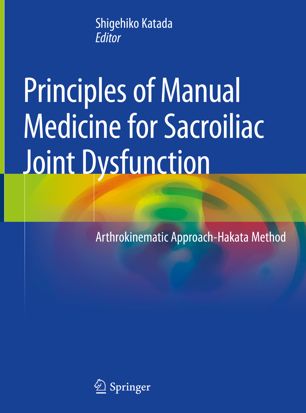

Most ebook files are in PDF format, so you can easily read them using various software such as Foxit Reader or directly on the Google Chrome browser.
Some ebook files are released by publishers in other formats such as .awz, .mobi, .epub, .fb2, etc. You may need to install specific software to read these formats on mobile/PC, such as Calibre.
Please read the tutorial at this link: https://ebookbell.com/faq
We offer FREE conversion to the popular formats you request; however, this may take some time. Therefore, right after payment, please email us, and we will try to provide the service as quickly as possible.
For some exceptional file formats or broken links (if any), please refrain from opening any disputes. Instead, email us first, and we will try to assist within a maximum of 6 hours.
EbookBell Team

4.4
52 reviewsThis book introduces physicians and physiotherapists around the world to the principles and techniques of the Arthrokinematic Approach (AKA)-Hakata method, which is currently being used to treat joint dysfunction, in particular sacroiliac joint dysfunction. Although manual medicine is not popular among young orthopaedic surgeons, it offers a number of benefits with regard to treating functional disorders. Further, the AKA-Hakata method is quite different from conventional manual techniques, as it takes into consideration articular neurology aspects, can prevent many patients from developing severe conditions, and can help avoid unnecessary sacroiliac joint surgery.
The authors have extensive experience in this field and especially with this unique manual technique. As such, Principles of Manual Medicine for Sacroiliac Joint Dysfunction offers a valuable guide for physicians and physiotherapists alike, helping them achieve optimal outcomes in the treatment of sacroiliac joint dysfunction.